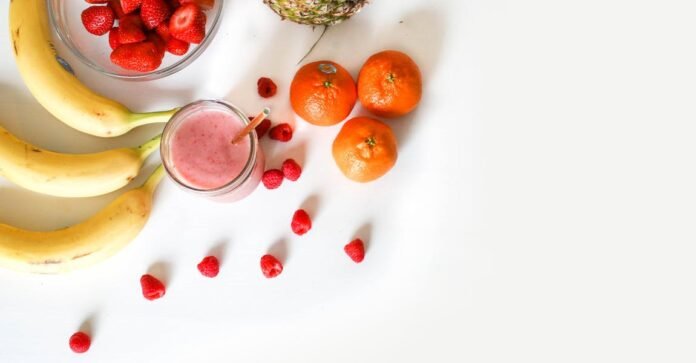Juicing is the process of extracting juice from fruits and vegetables. Juicing fruits and vegetables has many health benefits, such as providing vitamins and minerals to your diet, not to mention juicing produces tasty results. If you would like to become a juicer, then read the following article.
Make sure you drink your juice as soon as you make it, or at least as soon as you can. Fresh-squeezed juice will start to lose some of its nutritional value as soon as you make it. The best way to get all the nutrients from your juice is to drink it immediately, rather than saving it for a later meal.
Reuse the pulp from your vegetable juices to cut down on waste. You can use vegetable pulp as a base for soups and stews, to add flavor and texture. In addition, the pulp can be used as the base for a compost, which you can then use in your garden to grow even more fresh vegetables.
Don’t forget to wash your produce prior to juicing, and use organic products where possible. So many people seem to think that since it’s going to turn into juice, they don’t need to wash their fruits and veggies. Just because it’s liquid, doesn’t mean the chemicals present on the peels are going to go away. Clean your fruits and vegetables thoroughly before juicing.
The best rule for getting into juicing is that the juicer should be out and visible all the time. This will remind you to use it, and also make it easier to use so you don’t skip it because you don’t want to lug it out. Keeping it in sight will also keep it in mind.
You don’t have to buy a fancy juicer to start juicing, you can use a blender or food processor just to get the hang of it. In fact, a food processor can do just as good a job as a juicer! I also picked up an inexpensive citrus juicer, though, as I found doing it manually hurt my hands.
Juicing is a great way to drink all the nutrients you need for the day, but you also have to be conscious of the amount of sugars you’re taking in. If you’re having a drink with a lot of fruit or high-glycemic vegetables, drink less than you would if it were mostly low-glycemic items.
When it comes to juicing, one thing that you want to keep in mind is that when purchasing a juicer you will want to get a dual gear juicer. This is important, because with the extraction process used by this type of juicer, the most amount of enzymes and nutrients are retained.
If you’re feeling bloated or retaining water, put the right ingredients into your juice to help flush you out! Celery, cranberry, cucumber, and watermelon are all recommended to help your system let the water go, and they also hold many nutrients, vitamins, and other healthy benefits that are vital to good health.
If you have diabetes or hypoglycemia, try juicing vegetables as opposed to fruits until you talk to your physician. Fruits are naturally high in sugar, which can alter your blood glucose levels. Be sure to regulate how much fruit and sugar you are mixing in your juices if you have medical conditions. Veggies can give you nutrients without undue risk.
Reading the instruction manual that came with your juicer will help you make the best juice possible. The manual will advise you of which fruits or vegetables that may require the skin to be removed. It will also tell you which produce does not juice well, such as bananas and avocados.
Did you know that juice can help you supress your appetite? Having a glass of vegetable juice will provide you with a ton of nutrients, but it will also fill your stomach and make your body think that you’ve just engaged in a heavy meal. The fiber in vegetables keep you feeling full for a long time, curbing your temptation to eat.
An important part of your juicing routine should be proper dental care. Fruit acid and sugar can soften or possibly erode your tooth enamel. Try to incorporate juice into your dental schedule by drinking the juice a few minutes before your morning brushing. This will also give you a healthy kick start to your day.
Note your body’s reaction to drinking certain juices. Perhaps some of the juices you make will not be processed well by your body. If you experience queasy feelings or stomach churning when drinking a certain juice, you should check out the ingredients, and attempt to determine the items that are new and are rarely consumed. Once you pinpoint the problematic ingredient, you can reduce the amount you use in your juice.
If receiving nutrition in an easy way is a reason for trying out juicing, it is a good idea for you to learn what vitamins and minerals are in the fruit or vegetables that you would be using. This way, you will be able to pick the right produce for the nutrition that you want to receive.
If you’d like to put low-water fruits like avocado or bananas in your juice, put them in a blender first. It’s difficult for your juicer to process these types of produce and it can actually damage the expensive juicer or burn out the motor. Blenders are built to deal with thicker items, so give them a whirl and then pour them into your juicer.
As stated before, juicing is the process of extracting juice from foods such as vegetables and fruits. There are many benefits to juicing foods, such as providing more vitamins and minerals in your diet. Juicing also creates tasty juice that anyone will love. Remember the information in this article to help you with juicing.




